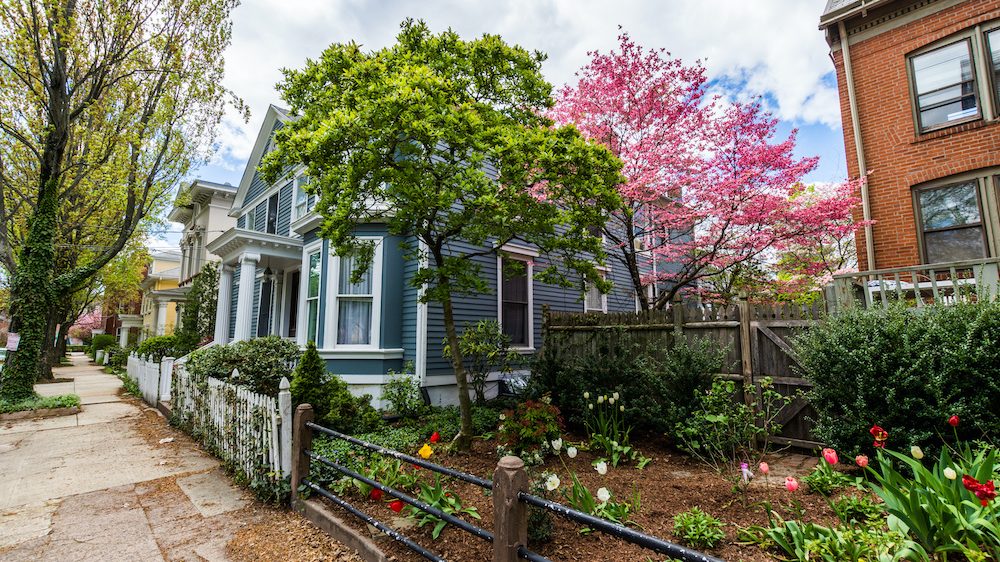
Many towns and cities in America have an area filled with charming old homes and commercial buildings. Having that area deemed an official historic district can be a boon to the community in several ways, but there can be drawbacks as well. Is an historic district right for your community? How do you establish one?
Different types of historic districts
We’ve all seen signs proclaiming that a particular site or neighborhood is on the National Register of Historic Places. But states and localities also designate areas as historic districts.
Benefits
Historic districts create a sense of community pride. Local designation as an historic district encourages property owners in the district to invest in upkeep and beautification. This in turn upholds surrounding property values. Historic districts encourage tourism, and those tourists will spend money that benefits the broader community.
Being listed on the National Register of Historic Places means the area’s needs will be considered when nearby federal projects are planned. The designation also gives tax benefits to property owners in the district and makes the property eligible for certain grants for historic preservation. State or local designation as an historic district gives area residents a good bit of control over nearby preservation and development.
Possible drawbacks
While having an area listed on the National Register of Historic Places confers honor, homeowners and developers can still build properties within the area that don’t fit with the neighborhood, and residents and businesses in the district are not required to keep their properties well maintained. Similarly, being named an historic district by your state does little to preserve the historic character of the area. While designation as a local historic district can allow substantial control over design and construction, those same restrictions can make development, construction and remodeling burdensome for residents.
How to establish an historic district
If you are passionate about an historic section of your community and want it declared an historic district, begin canvassing to find like-minded citizens. Provide information to the public with a handout describing the area in question, identifying its specific properties and explaining the potential economic and other benefits the historic district designation can bring. Be sure property and business owners adjacent to the proposed district are part of your campaign. Recruit allies to your cause among local city officials and influential leaders. Let the local media know of your project. Create a task force with specific responsibilities to carry out the steps needed to make it official. Set meetings to keep up with progress and keep the public informed.
If you want a property or area in your community to be placed on the National Register of Historic Places, work with your state’s historic preservation office to begin the nomination process. They will evaluate the proposed property (which generally must be at least 50 years old), notify area residents and businesses of the request and solicit public comment. After the state does its work, the nomination will be sent to the National Park Service for further review and a decision. State historic district designation works in much the same way.
To have an area in your community designated an historic district, again, contact your state’s historic preservation office. They will work with local officials on your request. Your town or city must have a local preservation ordinance in place as well as a historic preservation commission. The commission will solicit public comment and make a recommendation on the designation.


